Solar & Battery Statistics - Elite Power Group 2025⚡Newcastle
Explore Elite Power Group's solar and battery installation statistics for 2025, and how we performed over this year of operation in Newcastle and Maitland.
Read more
Tesla Powerwall 3 Rebate Now Available - Combine with Federal Subsidy Today
Posted 7 May
Whilst most Australians are aware of the terms AC and DC (probably because of the band), many don't actually know what they stand for, and what they mean in Australia's electrical realm. Both alternating current (AC), and direct current (DC) are integral to how Australians use electricity for generation, transportation, and consumption, and whilst it sounds like an in-depth topic for electricians, it's actually a lot easier to understand than you might think.
Electricity powers almost everything we do, including the device you're reading this article on. Being a large part of our lives, electricity is an important aspect, but did you know not all electricity is the same?
Electricity can come in 2 forms, Direct Current (DC) and Alternating Current (AC), which determines the flow direction of the current. But what's the difference?
What is Alternating Current (AC)? AC refers to the dynamic direction where both positive and negatives are switched at intervals where electrons keep switching directions that change the flow of the electrical current - usually seen in home appliances.
What is Direct Current (DC)? DC is when the current is consistently flowing in the one direction, which is the form of power that is mainly seen in battery storage, solar energy, and devices like phones and laptops.
An electrical current is the flow of electric charge, commonly transferred by electrons passing through a conductor like a wire. This is measured in amperes (A) or 'amps'.
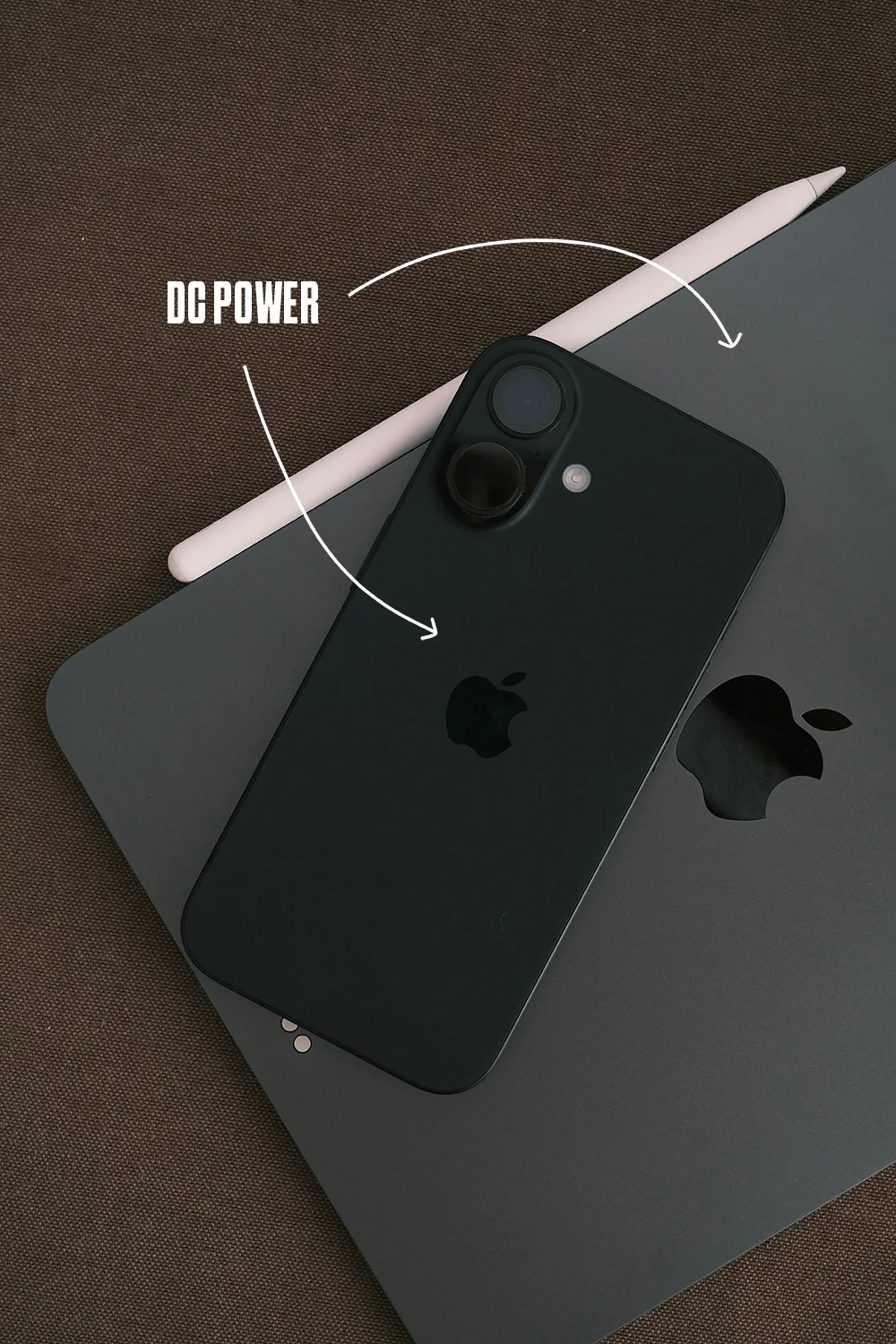
AC current or alternating current is when the flow reverses direction every second. In Australia, AC current runs at 230V, 50Hz, which means it's switching 50 times a second.
Being the more scalable solution, Nikola Tesla, and George Westinghouse innovated the AC current used for the primary method for electricity distribution as it can be stepped up to higher voltages and lowered again for general household consumption.
AC is now the universal standard for grid electricity.
Being the older one of the two, DC current or direct current flows in a single consistent direction and doesn't switch.
Thomas Edison pushed the boundaries of DC current in the late 19th century, as DC was easy to understand, however it had issues with scalability and transporting over long distances.
To transport over long distances, thick, high-capacity cabling was required to accommodate the high current which was expensive and unrealistic, especially over long distances.
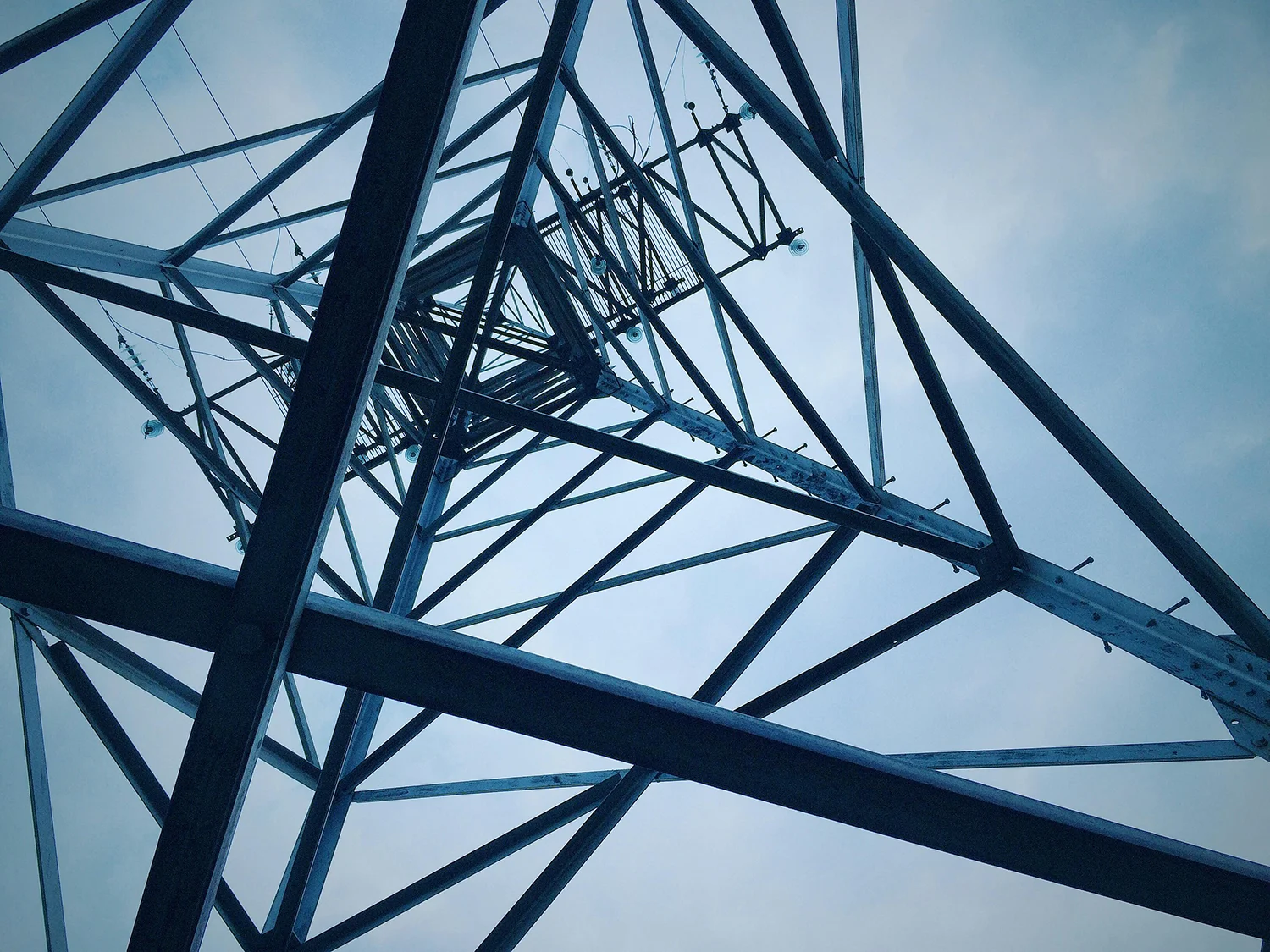
To better understand what AC and DC is, let's use some real-life examples on what both AC and DC are used for and their differences.
In Australia, AC current (AC) is the standard for home appliances and grid electricity distribution, and is what the NEM's infrastructure is built on. The power distributed from the grid is AC, which the voltage can be stepped up or down using transformers.
Things like the grid, home appliances, outlets, industrial, equipment, and long-distance energy transmission all run on AC power.
DC current (DC) is what powers our batteries and electronic circuits, and is what powers solar energy and electrical transportation like electric vehicles (more on this later). Elements like phones, laptops, solar & battery systems, AA batteries, and EVs run on DC power.
A real-life example on AC vs. DC, could be the way we charge our phones. Back in the day, we used to get a charging brick included in the box which when plugged in, would invert the outlet's AC power to the phone's DC power. The heat occurs due to the efficiency losses that heat over longer charging periods.
Alternating Current is the Australian standard for both the grid and homes throughout Australia.
Because AC current has variable voltage capabilities, it can be transformed to higher voltages to minimise losses over long distances, with the ability to step back down to residential and commercial usage of 230V using transformers.
What is a transformer? A transformer is an AC-exclusive unit, typically seen on electricity line poles, that increases and decreases the voltage based on the requirement. If a power station produces power, it is distributed and then arrives to your local transformer to be reduced for everyday household appliances.
DC can also be powered over long distances with voltages over 500,000 V or more, but AC is more commonly used.
The main difference between Alternating current and Direct current is how the electrical current flows. AC is constantly switching from
positive to negative, whilst DC remains steady in one direction. Below are some example diagrams on how direct and alternating current
works.
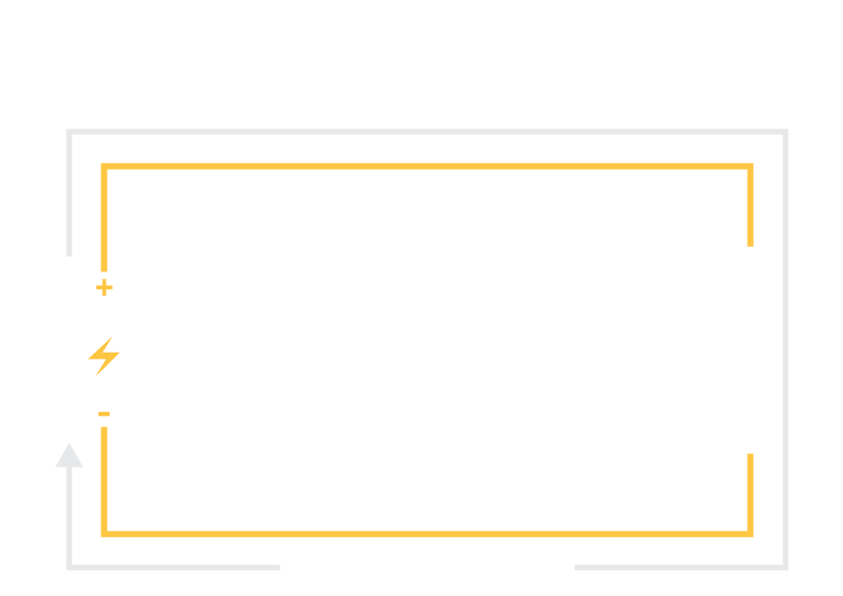
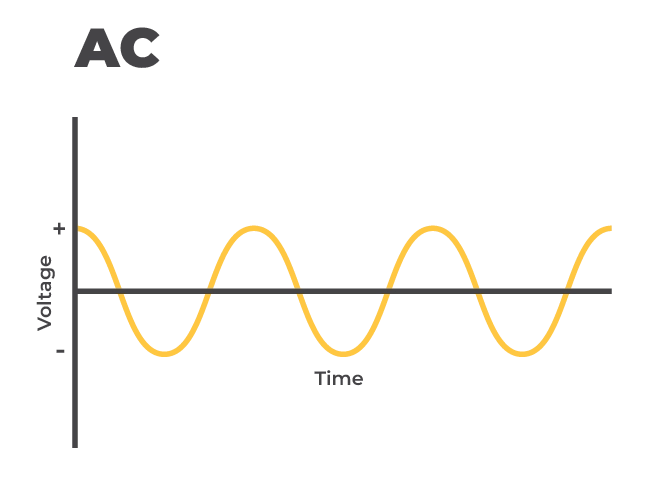
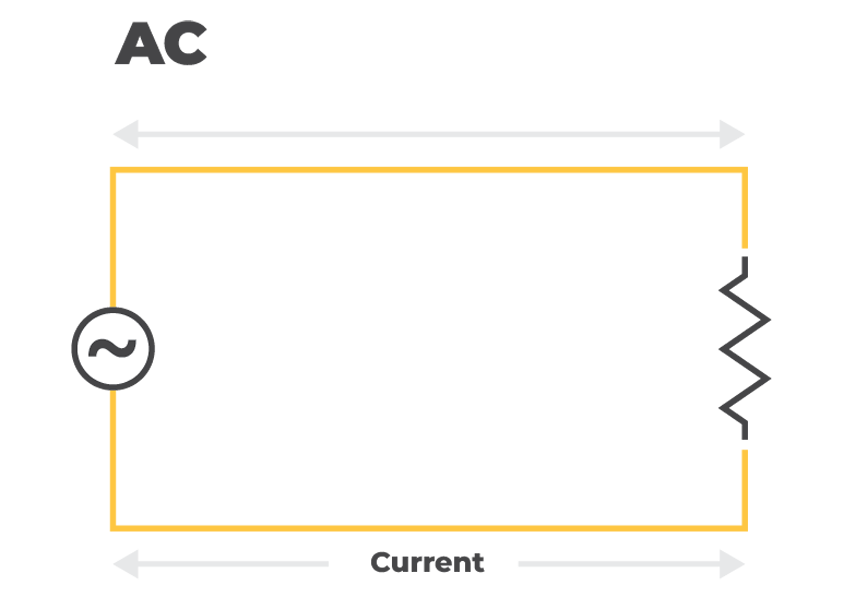
Using solar and battery systems as an example for AC and DC, the sun shines and generates DC power which is sent to the inverter to be converted to AC for general household usage and grid export.
Depending on if a battery is AC or DC-coupled, the battery may be responsible for its own power conversion or may rely on the hybrid inverter to convert the stored power.
AC and DC is an important part of solar and battery systems as each component generates and runs on different systems which requires inversion.
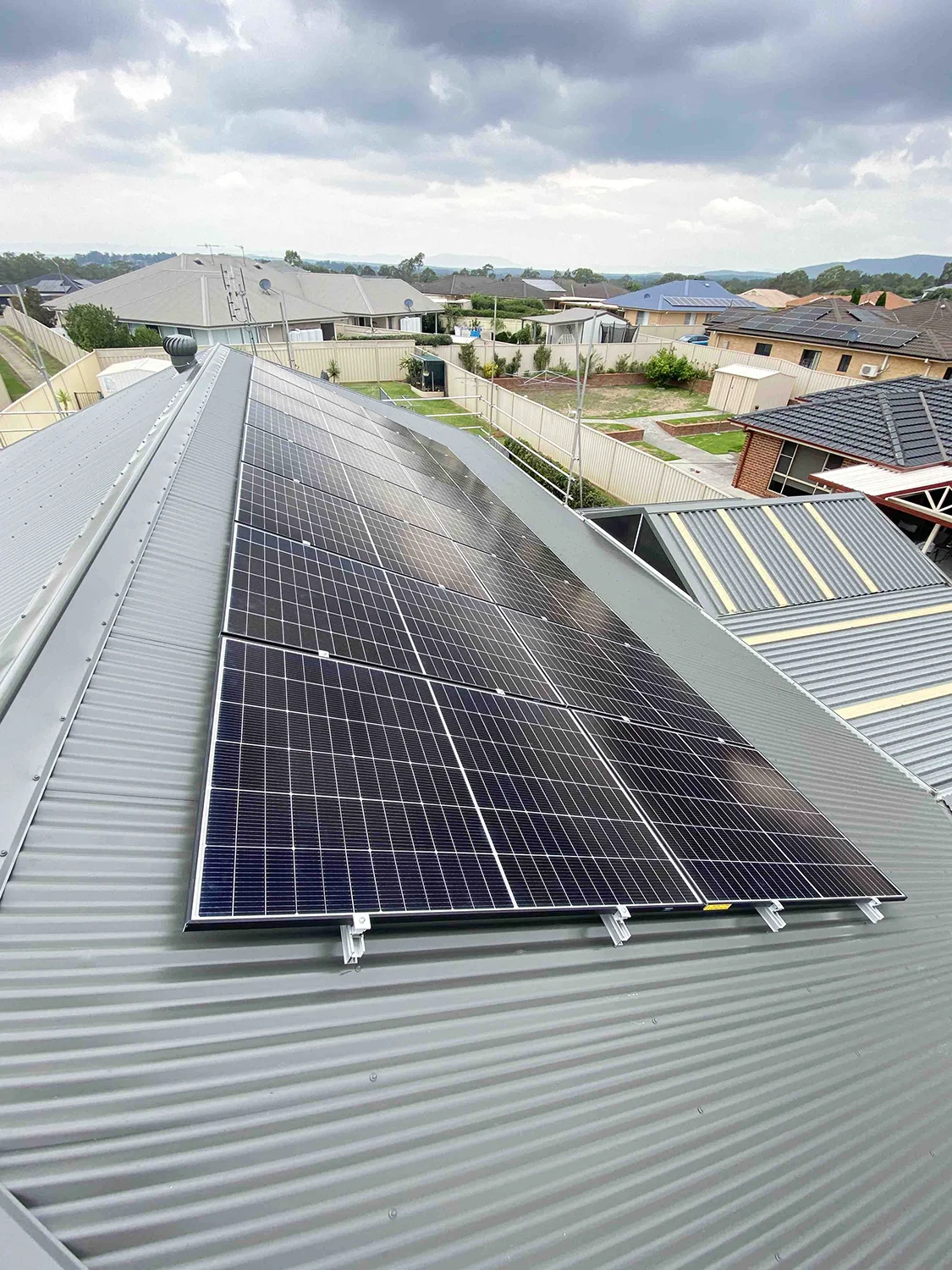
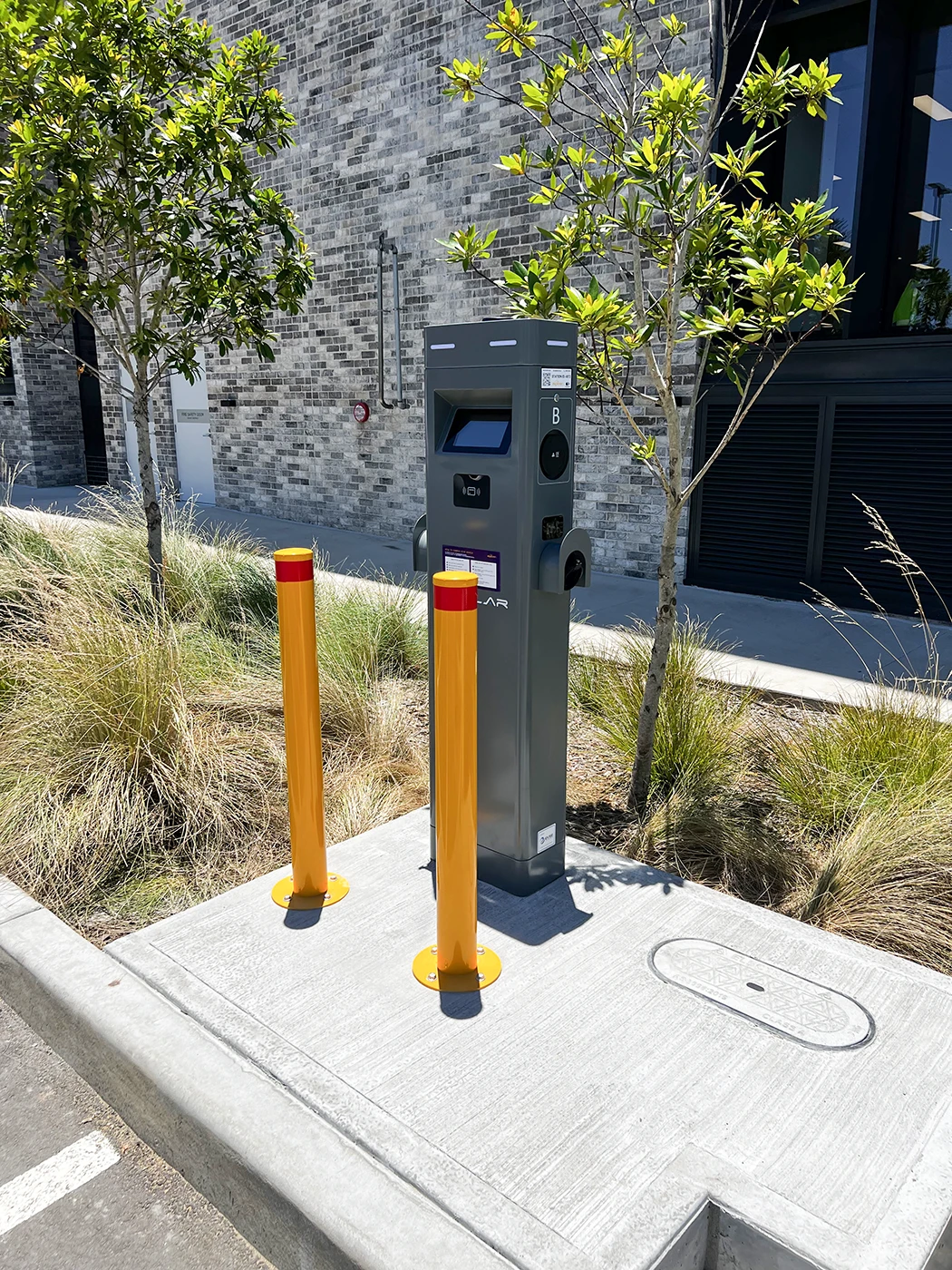
Let's use electric vehicle charging as an example as NSW's EV boom continues. The difference between AC vs. DC electric vehicle charging comes down to how the power is delivered to the EV.
Because the EV battery runs on DC, the energy that is being delivered will need to be or converted to DC power. When DC chargers are used, it alleviates the need to invert the energy before it enters the battery, enabling higher charging rates.
For AC chargers like the popular Tesla Wall Connector Gen 3, it can only deliver a certain amount of power as the charger delivers AC power to the EV which needs to be converted to the EVs required DC power using an onboard inverter.
Onboard EV inverters vary in speeds like how the Tesla Model 3 has an 11kW onboard inverter for AC charging. DC charging doesn't need conversion and can be charged as much faster rates like superchargers that can deliver up to 420kW of power.
Single and three phase specifically applies to alternating current and not direct current. In a three-phase system, there are 3 phases of AC current that is predominantly used in industrial and commercial settings where the delivery of high-power levels is required. It’s not incorrect to call DC ‘single-phase’ as it is technically one voltage waveform, but that can remain a discussion topic for another day.
Overall, both Alternating and Direct currents serve their purpose and continue to be the 'battle of the currents' throughout Australia. They aren't in competition, but serve specific purposes and compliment each other in the systems we use.
As we see more innovative energy technology come out over the next decade, it will be interesting where we head with our power generation,
distribution, and consumption whether it be through AC or DC or continue to be through both for years to come.
Explore Elite Power Group's solar and battery installation statistics for 2025, and how we performed over this year of operation in Newcastle and Maitland.
Explore the differences between peak shaving and load shifting and how it can maximise solar & battery, reduce your bills and grid reliance in Australia.
Explore the difference between solar inverter types like grid-tied, hybrid, microinverters, and off-grid inverters for solar and battery systems in Australia.
Explore Australia's first CEC-approved bidirectional and vehicle-to-grid capable electric vehicle, the V2Grid Numbat, a 6.2kW V2G/H charger now ready.
Explore how battery nominal & useable energy capacity is different to power output, and learn about state of charge, depth of discharge, and cycles.
Explore the differences between AC and DC electric vehicle charging in Australia and how it affects the way you charge your EV, and the pros & cons.
Considering a cheap solar system? Learn how low-quality, unreliable inverters and panels can lead to costly repairs, full replacements, and safety issues.
Volts vs amps vs watts explained simply. Learn what current is and how watts are calculated using examples & easy conversions for electricity in Australia.
Battery supply chains are tight across Australia, with shipping delays leaving many installers out of stock and customers waiting longer. What's happening?
Learn how to avoid solar scams in NSW. Spot red flags & dodgy installer tactics and find reputable companies with great warranty & quality installations.
Explore the best solar system sizes & how many panels you need, the best Australian solar brands, and cost estimates for 6.6 & 10kW systems in NSW.
Explore why the delays in vehicle-to-grid and bidirectional chargers are happening, and how V2G faces regulatory and legislative development in Australia.
Over 56,000 solar batteries were sold in Q2, 2025, thanks to the Australian battery subsidy. Explore solar & battery uptake, growth trends, and what's next.
Discover how to choose the right solar battery size for your home. Compare 10kWh, 15kWh, and 20kWh options to maximise savings, and solar in NSW.
Explore what Virtual Power Plants (VPP) are, if joining is worth it, and how NSW solar battery owners can earn rewards, FiTs & rebates in Australia.
Explore what solar hotspots are, how they can affect your panel performance & efficiency, & how bypass diodes can affect your cells & strings in Australia.
Explore the process of installing rooftop solar and battery storage systems in a step-by-step guide of 9 easy steps on how solar is installed in Australia.
Discover the best home EV chargers in Australia. Compare popular electric vehicle home charging stations, costs, and installations for Newcastle NSW.
Learn if your roof is suitable for solar panels and how roof materials like terracotta or tin, orientation, tilt, & shading can affect energy production and install.
Power vs Energy in Australia: Difference Between Watts and Watt-Hours, kW vs kWh, with Diagrams, Calculations, and Home Appliance Examples.
Explore upcoming & available bidirectional V2G-capable chargers in Australia from V2Grid, RedEarth, Sigenergy, Enphase, Tesla, and Fronius EV charging.
Compare the difference between Sungrow's SBH and SBR battery storage vs. BYD Battery-Box and find what battery is better for homes or businesses in NSW.
The NSW Government have announced that the NSW Battery Rebate (PDRS) will be suspended on June 30th, 2025, and will no longer be available.
Avoid the 9.7% NSW electricity bill increase with expert tips on reducing energy costs, optimising solar usage, and finding better energy plans in 2025.
Explore how you can use your EV battery via vehicle-to-load (V2L) as a backup energy source during blackouts to power your home appliances in Australia.
Explore Australia's Federal Government solar battery rebate subsidy like eligibility, approved batteries, requirements, and more about the upcoming incentive.
Partnering with Elite Power Group, Maitland City Council have invested in more electric vehicle chargers in the Maitland area, supporting the uptake of EVs.
Does installing solar & batteries affect home insurance? Explore how solar & energy storage changes home insurance premiums in Australia, NSW in 2025.
Should solar owners get a home battery (ESS) or wait for vehicle-to-home (V2H) technology to use electric vehicle battery power to be available in Australia?
Explore available NSW solar rebates, subsidies, incentives, and financing programs to help you invest in solar power for your Newcastle home in 2025.
Explore the differences between AC and DC coupled solar battery storage and how it affects your solar system and inverters' configuration in Australia.
Explore if fleet or public electric vehicle charging is better for charging workplace and employee EVs for your business in Newcastle & the Hunter, NSW.
With homes, Australian standards, and energy networks being ready for bidirectional charging, why the wait? Let's explore grid, EV, & charger developments.
Discover the differences between Tesla Powerwall 3 and Sungrow SBH battery storage and which one is better suited for homes across Australia, NSW in 2025.
Explore the differences and if hot water solar or solar PV systems are better, along with heat pumps and electric water heaters for home savings in Australia.
Working closely with the Newcastle City Council, we helped the development of Gregson Park Playspace with electrical infrastructure, lighting, and facilities.
A very strong storm passed through the Hunter, leaving over 100,000 homes without power. Here's how you can protect your home's energy with independence.
As 2025 comes to light, homes and businesses in NSW have access to a range of rebates and subsidies that allow for discounted installations of solar and battery solutions.
Completing a commercial solar and electric vehicle charger installation, our Thornton neighbours can take full advantage of renewable electricity and charging.
Renewable News Articles
Not only are we specialists in solar power, but we pride ourselves in being leading installers in battery
storage, as well as EV charging for homes and businesses. For solar and battery systems, we offer both on and off-grid solutions for a
range of applications.
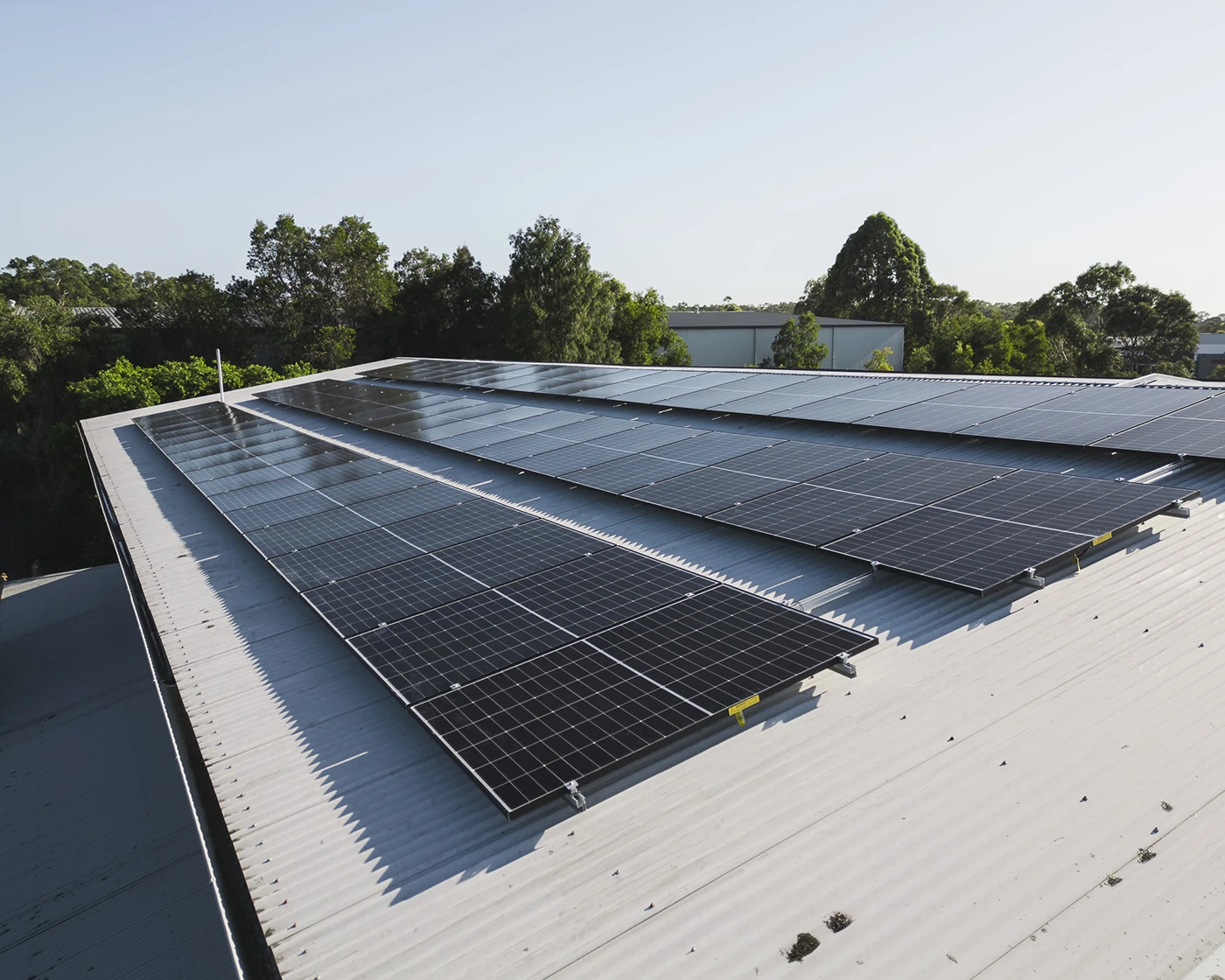
Newcastle's leading solar installers, providing long-lasting residential and commercial rooftop solar systems.
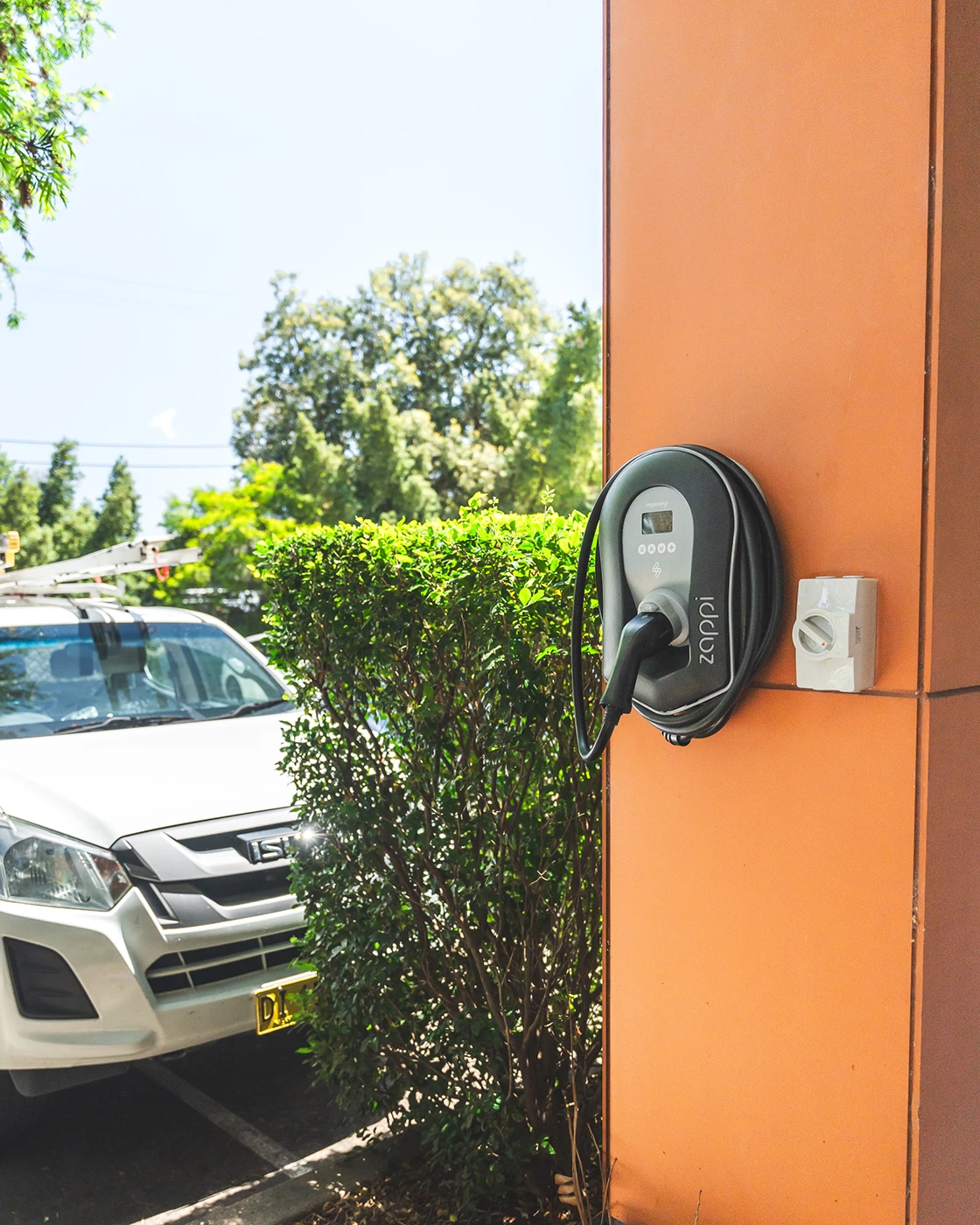
Experts in both residential and commercial electric vehicle charging station installations from 7kW - 360kW+.
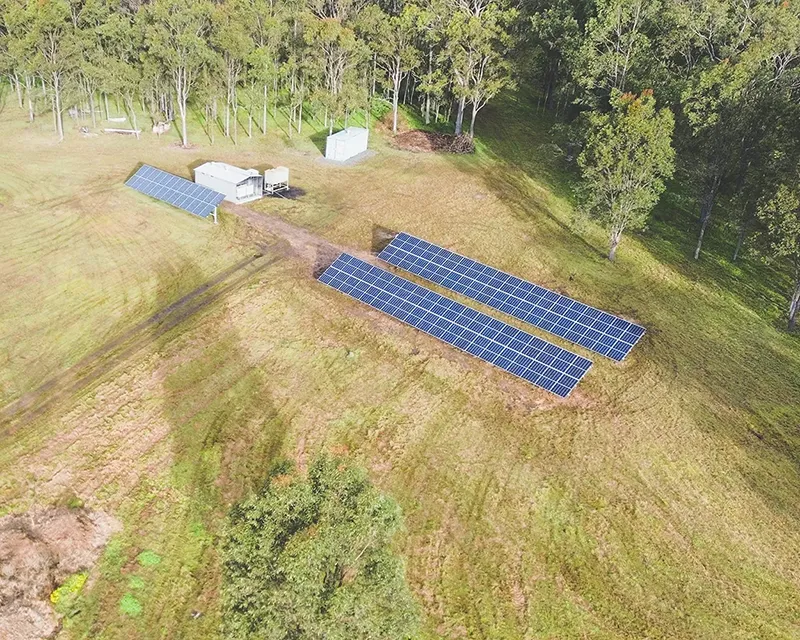
Specialists in off-grid solar and battery, helping properties never have to pay another electricity bill again.
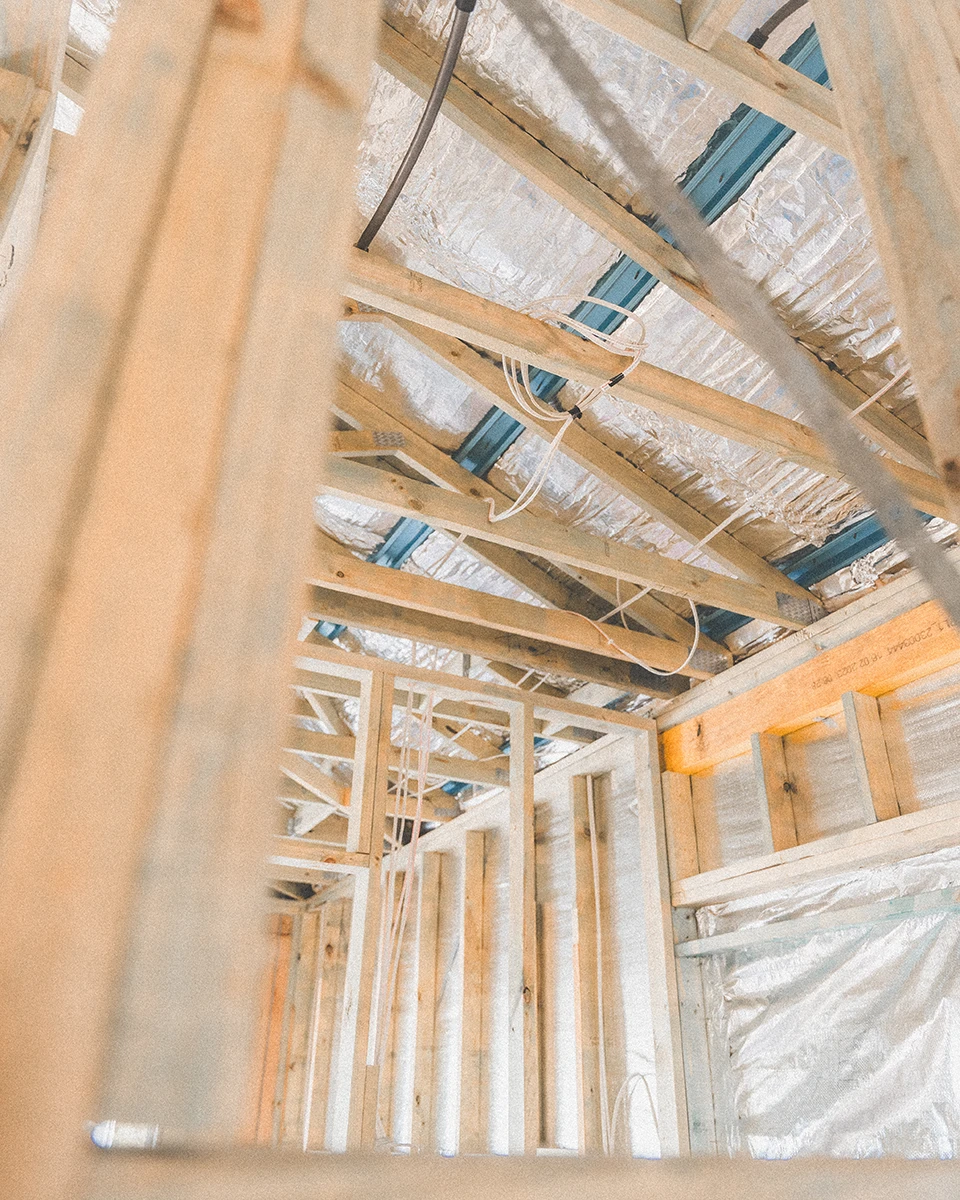
With decades of electrical and industry experience, our fully-qualified & licensed electricians are here to help.
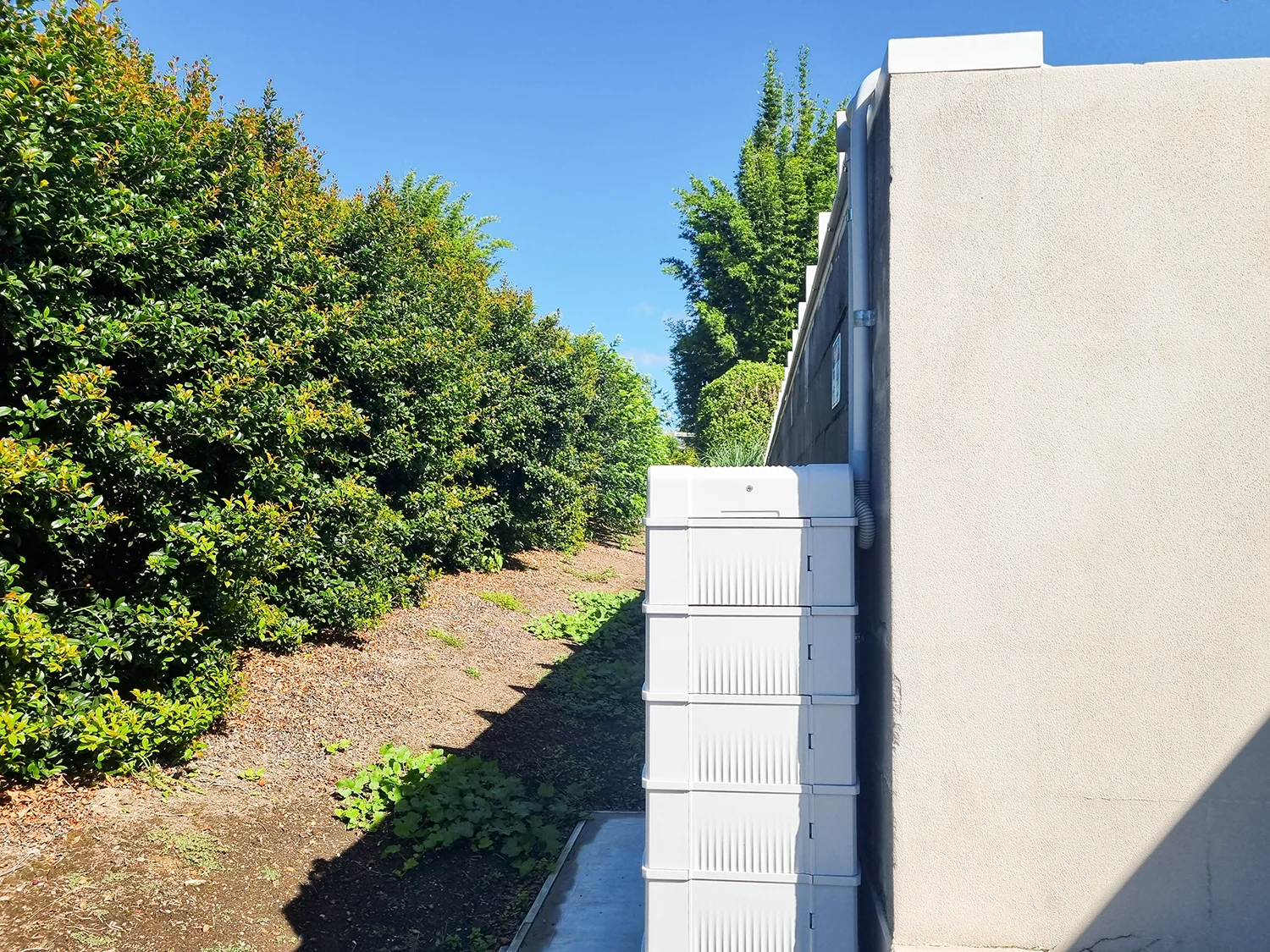
Maximise your solar generation with battery storage from reputable brands to accelerate return-on-investment.
Leave a Comment